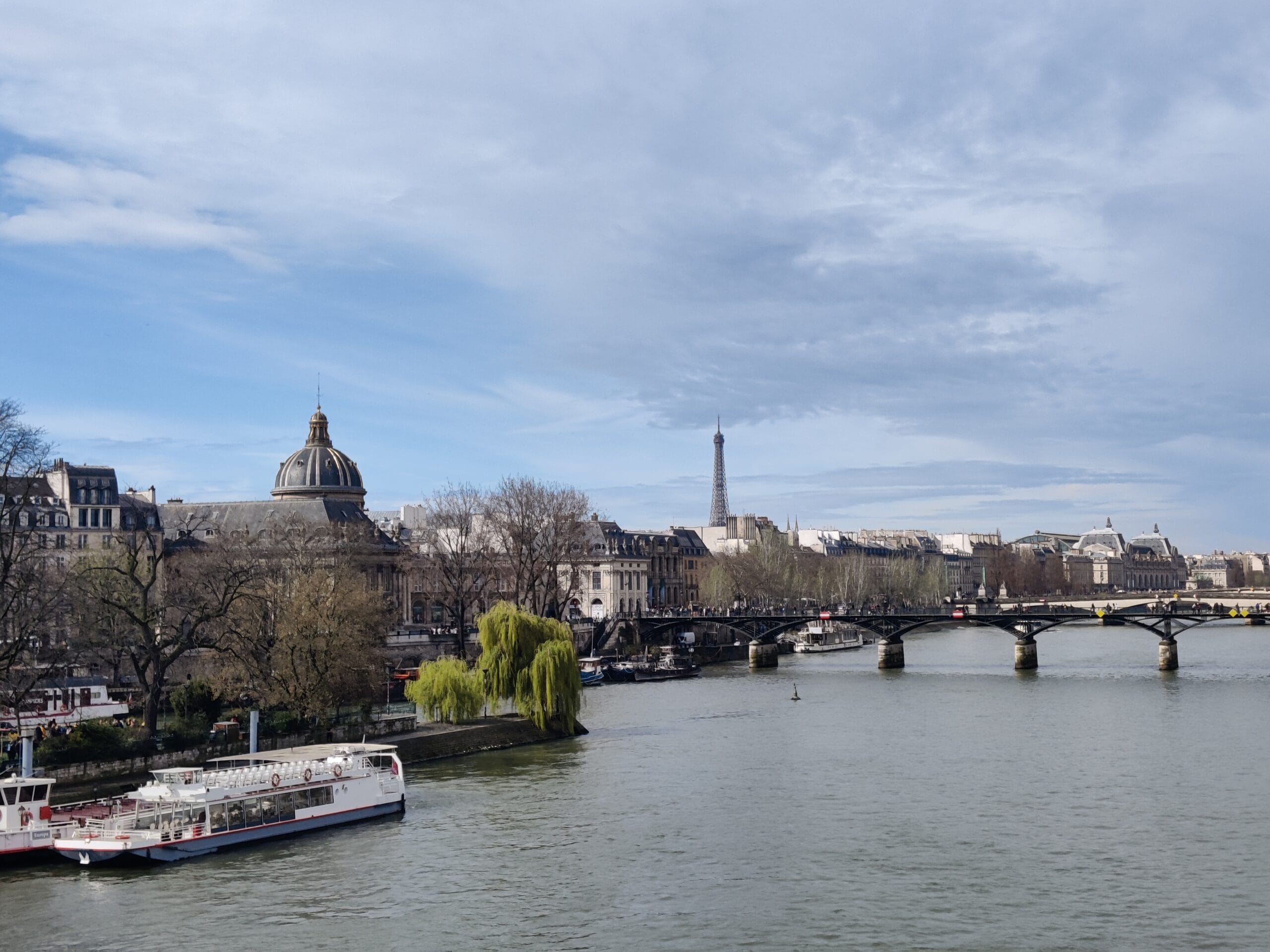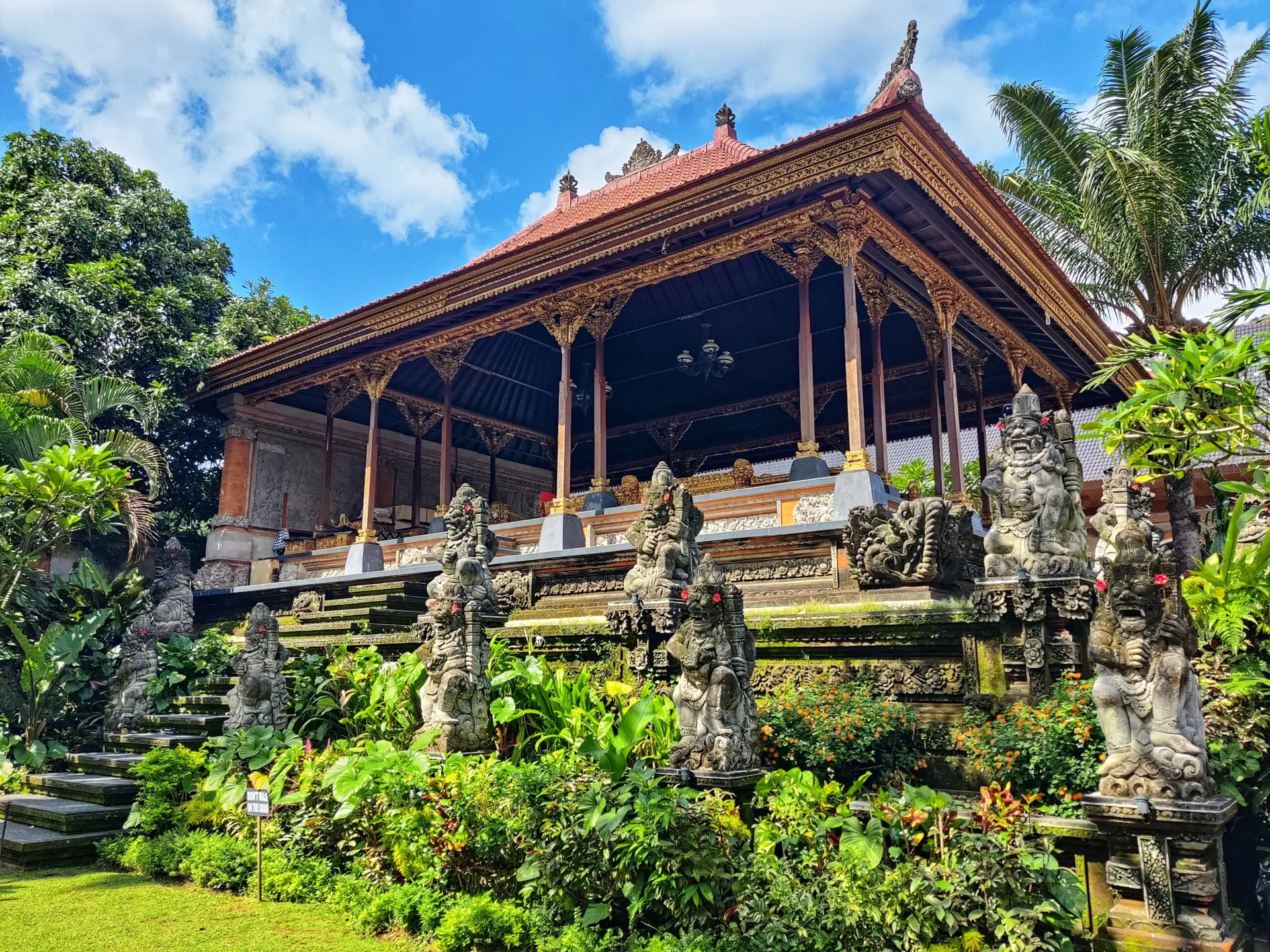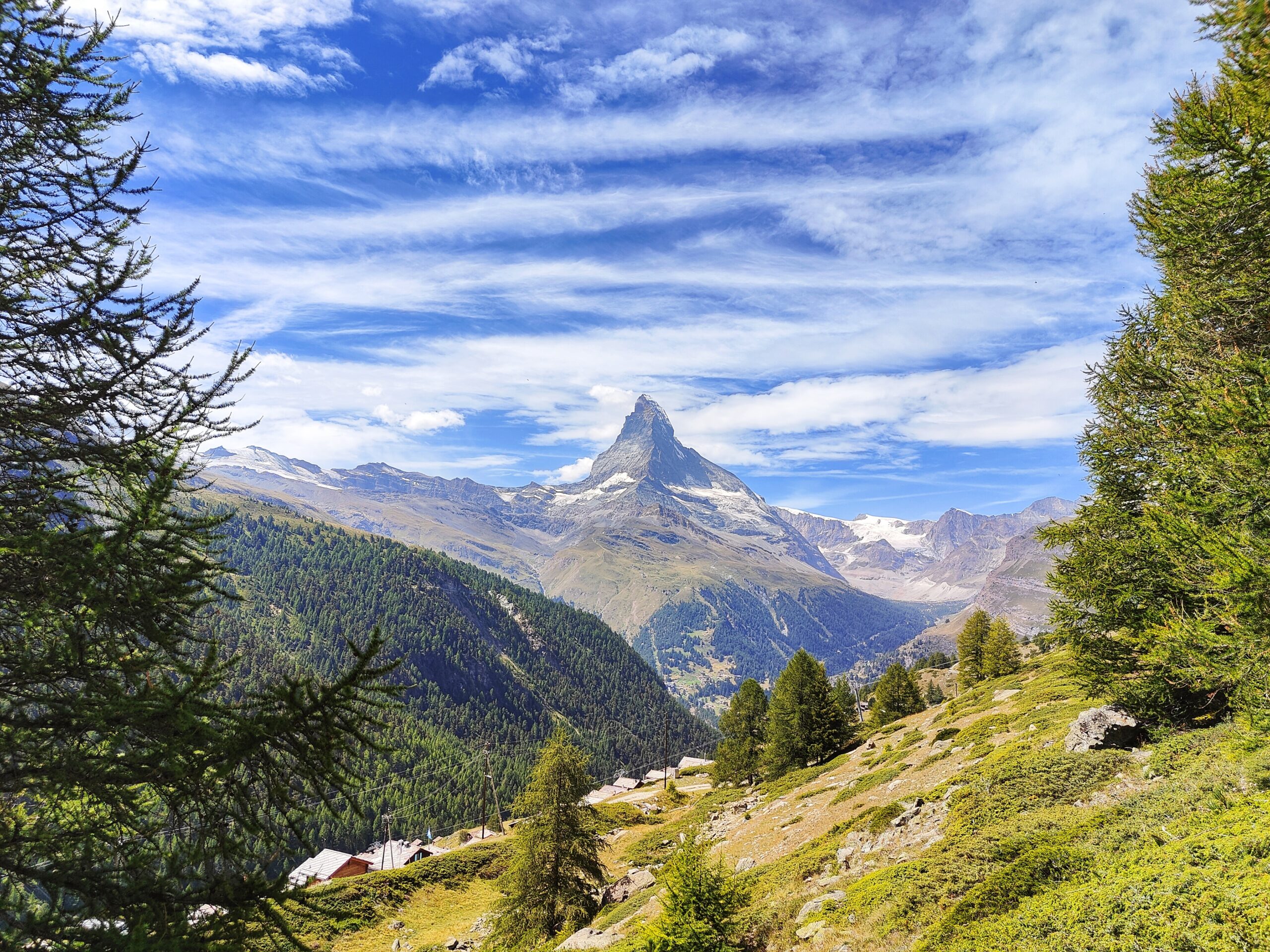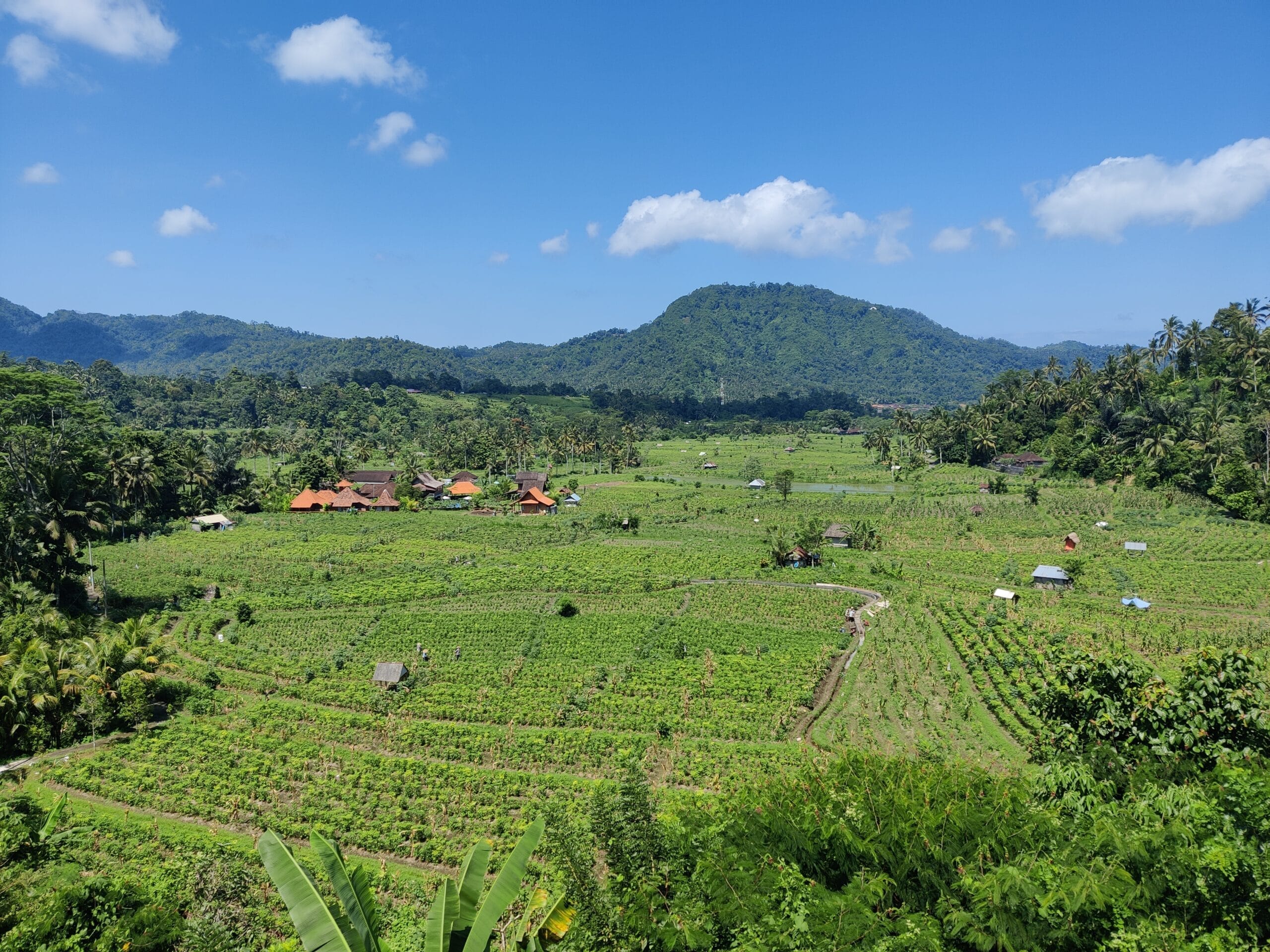Exploring Paris in 4 Days: The Perfect Itinerary (Tried & Loved)
What if we explored Paris without rushing? Four days in Paris? Let’s be honest — it’s ambitious. But it’s also a gift. Because in four days, with the right approach, you can capture the essence of the city. This isn’t a race against time. No overly packed schedule, no checklist-style sightseeing. This itinerary was crafted the way we plan a truly good trip: with care, with high standards — and yes, with a bit of love. It’s been tried and tested by Parisians who not only love their city, but love sharing it. Each day unfolds naturally, on foot or with just a few metro stops. You’ll discover many sides of Paris: the hilltop charm of Montmartre, the literary soul of Saint-Germain-des-Prés, the classical elegance of museums and gardens, the creative energy of the Marais — and for the grand finale, the iconic Eiffel Tower. The pace shifts, the mood changes, the perspectives multiply. You’ll move between must-sees and hidden gems, beloved spots and delightful surprises. This is an itinerary made for strolling, for gazing, for breathing in the city — and for feeling Paris. No, it’s not a crash course in the capital. It’s something better: a curated journey. Personal, yet easy to make your own. Ready for the adventure? Paris is waiting — vibrant, layered, and ready to be (re)discovered. Day 1 – From Montmartre to the Rooftops of Paris: Where Bohemian Charm Meets Haussmannian Elegance Montmartre: a village perched above Paris The day begins in Montmartre, just outside Abbesses station, whose Art Nouveau entrance is one of the most iconic in the city. Right across the square, the “I Love You Wall” sets the tone — a poetic prelude with over 300 declarations of love in 250 languages, inscribed on deep blue tiles. The climb to the Sacré-Cœur is done on foot, at the rhythm of staircases, pauses, and panoramic glimpses of the city gradually unfolding. At the summit, the basilica stands tall — white, sculptural, and serene, perched above the rooftops. Inspired by Roman-Byzantine style, it contrasts with the surrounding Haussmannian silhouettes. Inside, one of the world’s largest mosaics depicts Christ in glory. Soft light, soaring domes, massive columns — the space invites quiet contemplation. Outside, the forecourt offers one of the most breathtaking views of Paris: a sea of zinc rooftops, steeples, and domes stretching all the way to the horizon. On Place du Tertre, artists set up their easels in the shade of plane trees. Some sketch portraits, others chat with passersby — the square feels like an open-air studio. A few steps away, Rue Norvins and Rue de l’Abreuvoir wind their way through cobblestones and ivy-covered façades. It’s a well-trodden path — perhaps too much so — yet the soul of Montmartre endures. Behind the storefronts, in quiet ateliers, locals work to preserve the spirit of the neighborhood: a perched village, both free-spirited and lived-in, bohemian yet alive. Rue des Martyrs and Montorgueil: the taste of Parisian life The descent begins along Rue des Martyrs, a lively street seemingly made for wandering. You pass old shopfronts, glossy-paned patisseries, and the warm scent of croissants wafting from neighborhood bakeries. A spontaneous break at a café counter offers the perfect pause — just watching the ebb and flow of locals and delivery bikes. Further down, Rue du Faubourg Montmartre picks up the tempo. The atmosphere becomes livelier: weathered cafés, independent bookstores, historic theatres. This is a vibrant slice of Paris — a little bustling, yet still charming. From there, Rue Montmartre leads to Rue Montorgueil, a fully pedestrian street. More bustling, more commercial, it’s ideal for lunch on a terrace, surrounded by colorful produce stands, wine merchants, and old-fashioned bistros. Chalkboard menus, clinking glasses behind the counter, voices weaving in and out — every detail forms a living city scene. It’s a place where both locals and visitors linger a little longer, for a meal, a dessert, or simply the pleasure of being there. Covered Passages: Paris in the Quiet Elegance of the 19th Century After the lively gourmet buzz of Montorgueil, you slip away from the bright, bustling streets into a more hushed interlude — beneath the glass-and-iron rooftops of 19th-century Paris. These hidden arcades reveal another side of the city: intimate, almost secretive, as if Paris were whispering in low tones. Once a stylish shelter from the rain, they now offer a gentle continuation of the stroll, bathed in soft filtered light. You enter through the Passage des Panoramas, paved and muted, lined with painted signs and tightly packed little restaurants. Passage Jouffroy carries on the same quiet charm, with vintage bookshops and quaint boutiques. Then comes Galerie Vivienne — the most luminous of all — where intricate mosaics and delicate ironwork compose a setting suspended in time. Palais Royal: A Secret Garden in the Heart of Paris Just a few steps from the arcades, the gates of the Palais Royal appear — a former royal residence built in the 17th century for Cardinal Richelieu, and a place that has crossed centuries without losing its discreet grandeur. You step into the inner courtyard, where Buren’s Columns, installed in 1986, form a black-and-white grid open to the sky — both playful and contemplative. Around the square, arcades with hushed shopfronts lead into the central garden. Rows of neatly trimmed trees, stone benches, quiet fountains — everything here invites you to pause, breathe, and take in another rhythm of the city before continuing your journey. Sainte-Anne District: A Taste of Asia in the Heart of Paris Just a few streets away, the atmosphere shifts. You enter the Sainte-Anne district, Paris’s Japanese and Korean heart. Born in the 1970s around a handful of discreet eateries, the neighborhood has since become a go-to destination for Asian cuisine in Paris. Its compact streets now host a rich variety of addresses: ramen shops, matcha dessert cafés, specialist bookstores, and gourmet groceries offering teas, condiments, and delicacies from Seoul to Tokyo. Come here for a steaming bowl of ramen, … Read more








